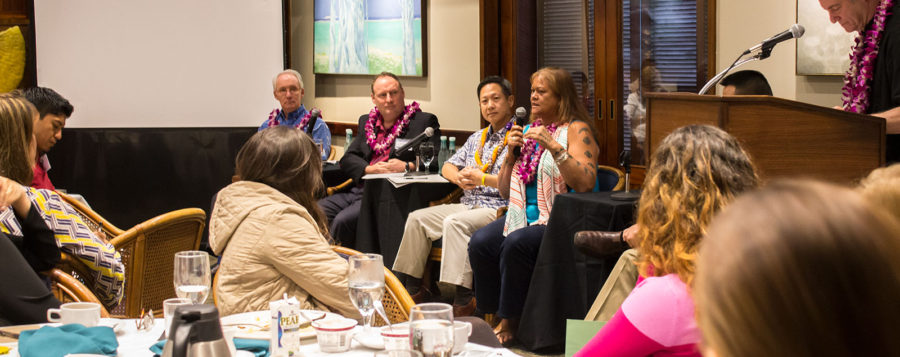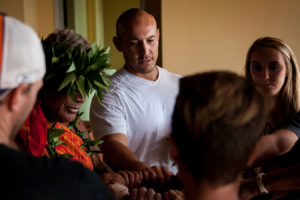In the world of venture philanthropy and social enterprise, nonprofit doesn’t mean no profit. First Foundation and the American Association of Fundraising Professionals Aloha Chapter co-hosted a workshop at the Pacific Club in January examining the growing trend of social entrepreneurship, bringing together speakers, panelists and participants from close to 60 local nonprofits. The workshop covered the various ways to structure and fund a social venture in addition to opening a dialogue about the future of nonprofit fundraising in Hawai‘i.
Impact investments are generally considered “patient capital.” Investors don’t expect a quick payout and the objective isn’t necessarily to generate maximum financial return. But patient capital isn’t a grant and social ventures are expected to generate quantifiable results. Social entrepreneurs can leverage community resources and utilize tools like market research and data analysis to persuade investors and make informed business decisions that maximize their impact. A nonprofit organization that operates with for-profit business sense is better equipped to sustain itself and can be proactive about securing new sources of funding rather than waiting for resources to come along.
The divide between nonprofit and for-profit ventures is narrowing as double and triple bottom lines demonstrate increasingly better returns. Just as there are financial incentives for businesses to assume a greater sense of social and environmental responsibility, nonprofits only stand to gain from approaching business as a vehicle for social change. The consensus at January’s social ventures workshop was clear—social entrepreneurs have to take off their nonprofit hats to do their causes justice.
Winning criteria
Innovation – Think outside the box
Impact – Measure your double and triple bottom lines
Sustainability – Diversify your revenue and build your endowment
A sustainable revenue model
50% Contributed – foundations (5–10%), corporations (3–5%), individuals (85–90%)
25% Passive
25% Earned























